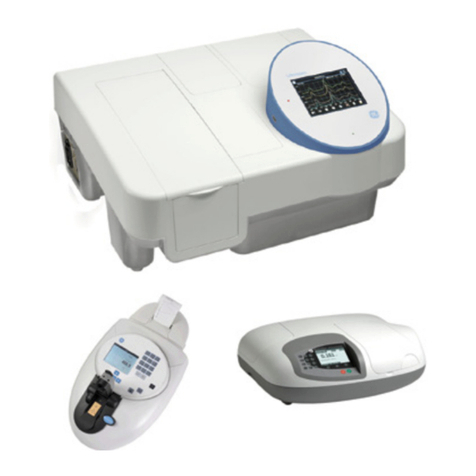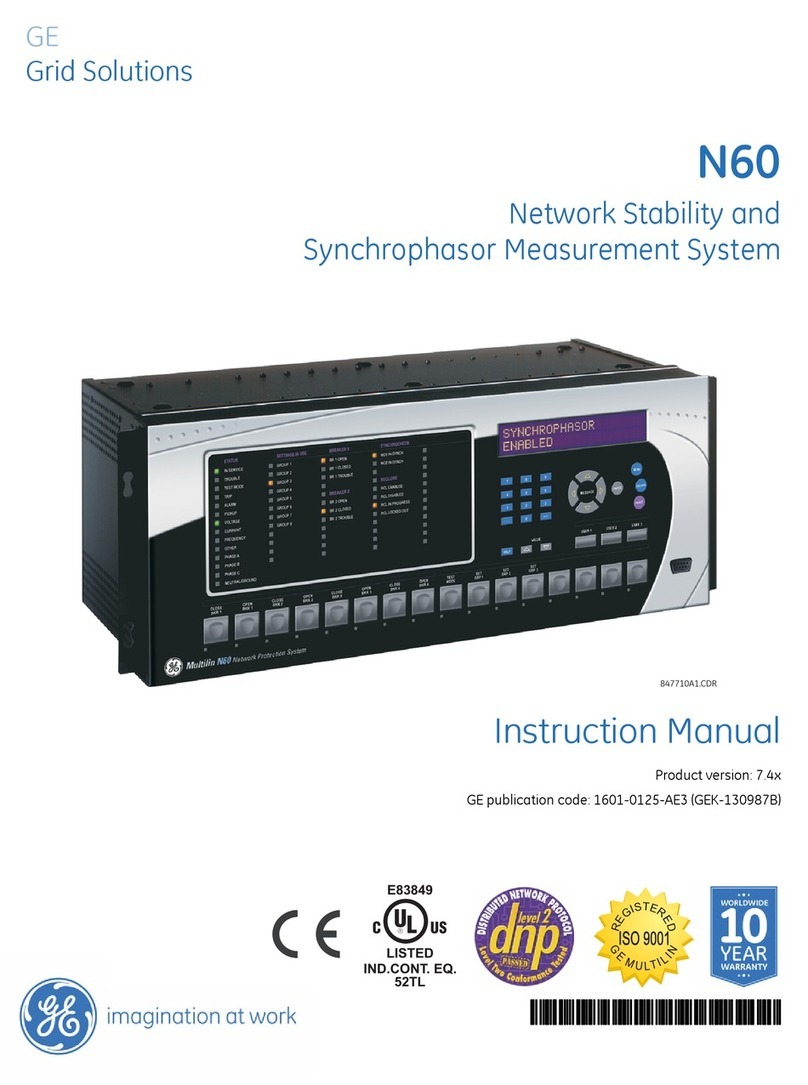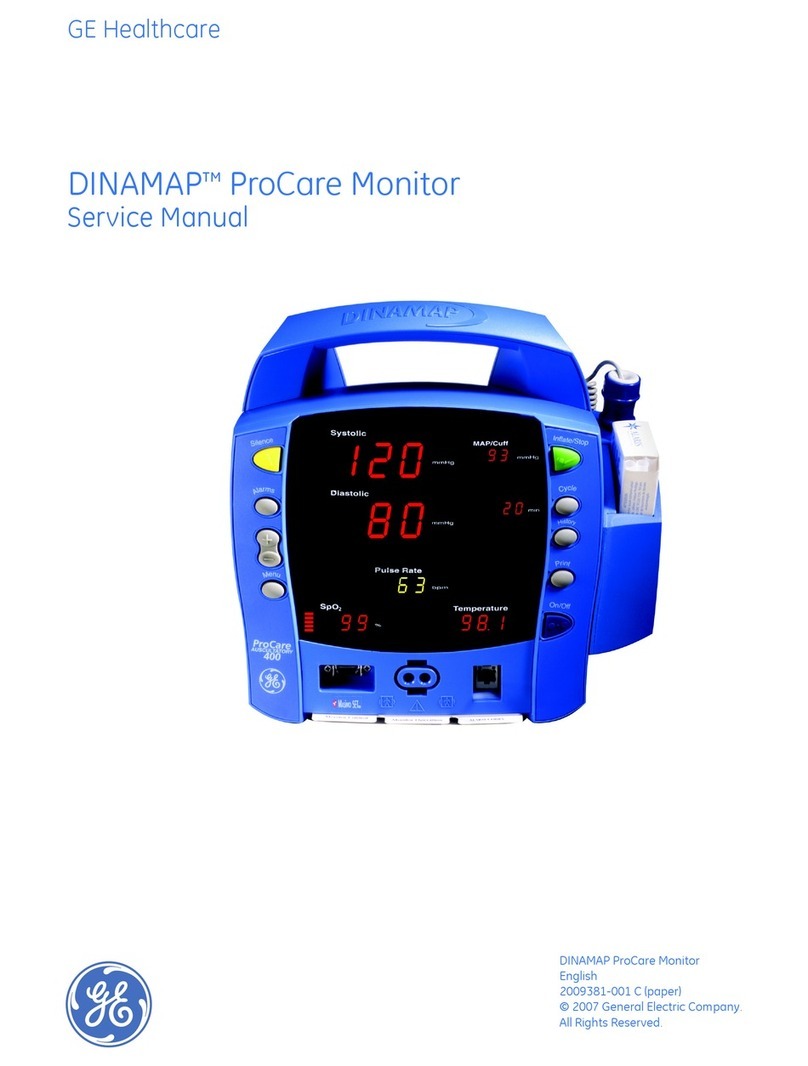GE StressTel T-MIKE E User manual
Other GE Measuring Instrument manuals
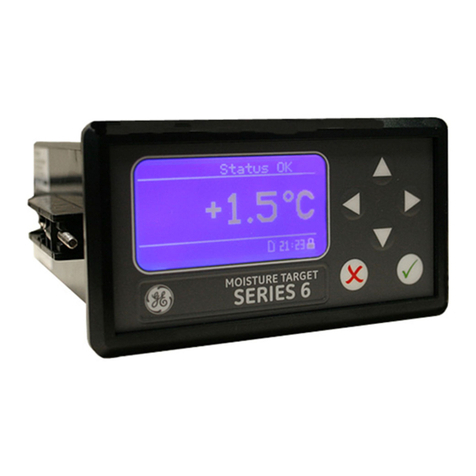
GE
GE Moisture Target Series 6 User manual
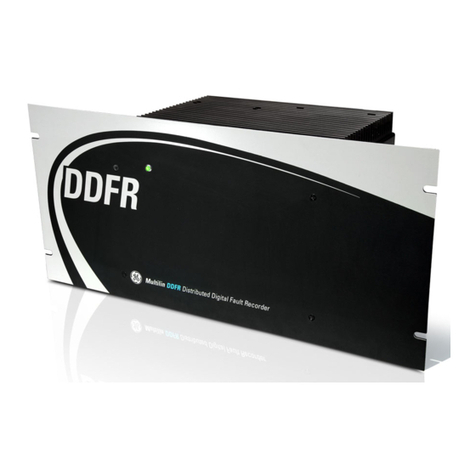
GE
GE Multilin DDFR User manual
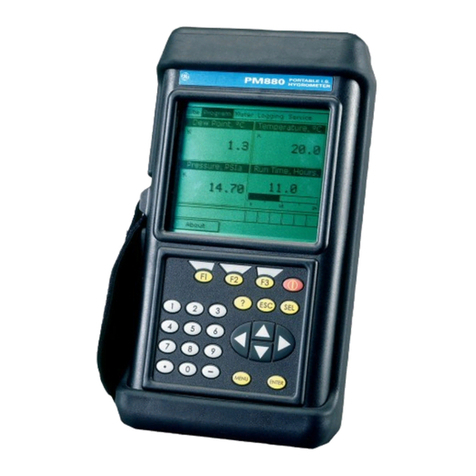
GE
GE PM880 User manual
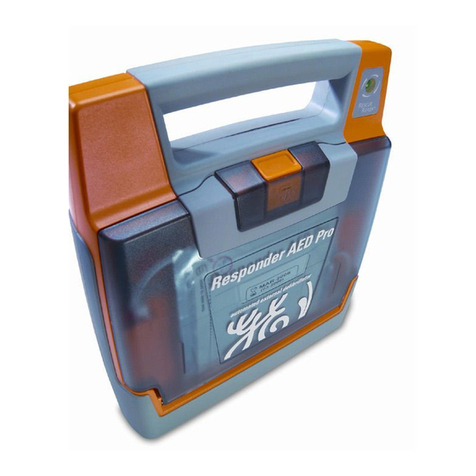
GE
GE AED Pro User manual

GE
GE TOP-FREEZER 16 User manual
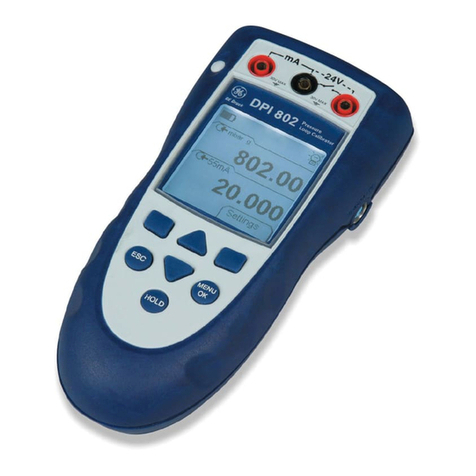
GE
GE Druck DPI 800 User manual
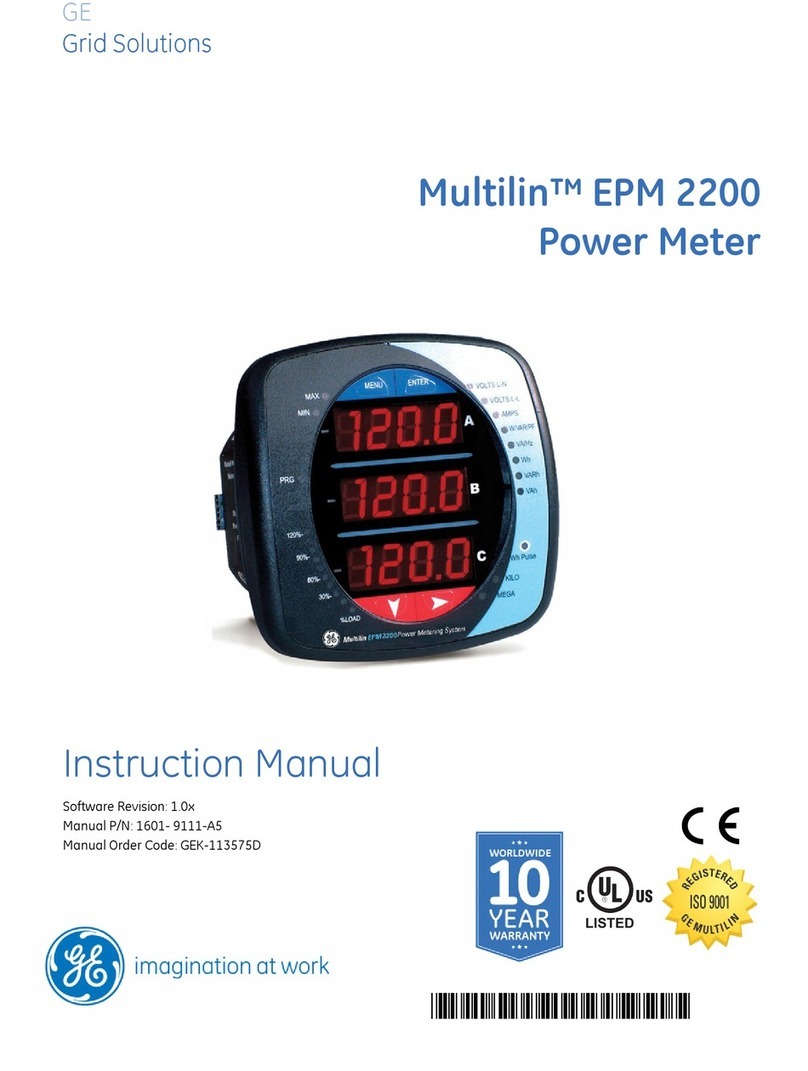
GE
GE Multilin EPM 2200 User manual

GE
GE Moisture Image 1 Series User manual
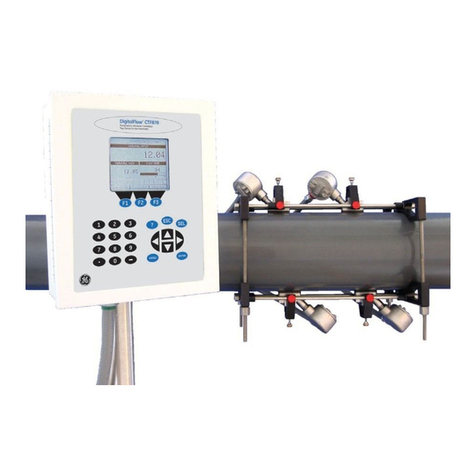
GE
GE CTF878 Troubleshooting guide
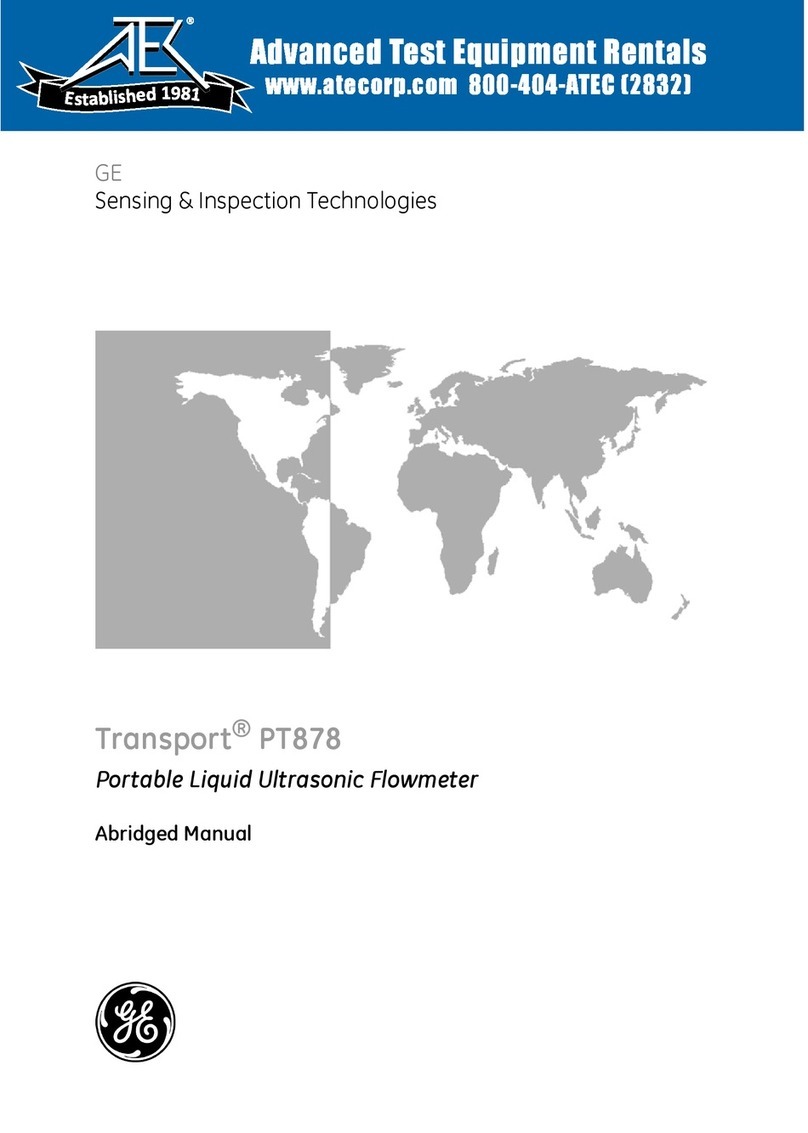
GE
GE Transport PT878 User manual

GE
GE DigitalFlow DF868 Owner's manual
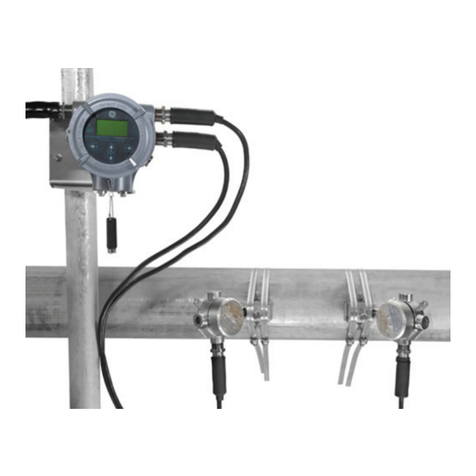
GE
GE Baker Hughes PanaFlow LC XMT1000 User manual
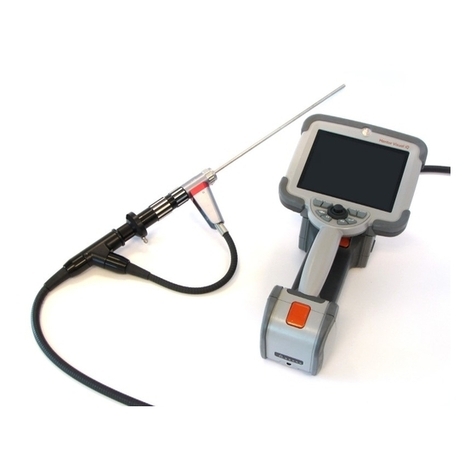
GE
GE Mentor Visual iQ CCF28 User manual
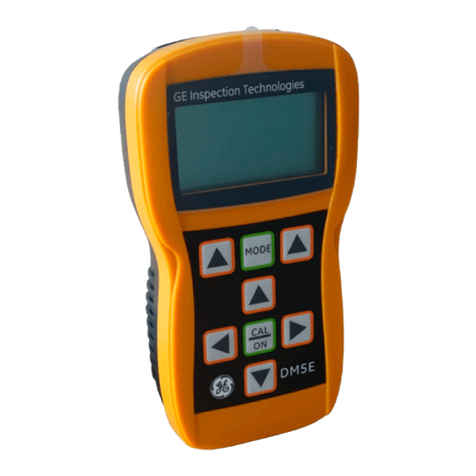
GE
GE DM5E User manual
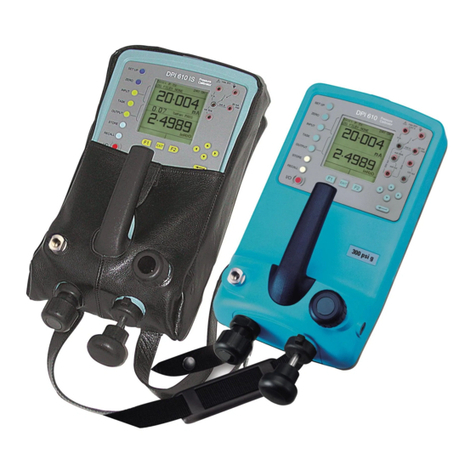
GE
GE DPI 610 IS User manual

GE
GE DigitalFlow GF868 Owner's manual

GE
GE PM880 User manual

GE
GE TransPort PT900 User manual

GE
GE Druck DPI 705 User manual
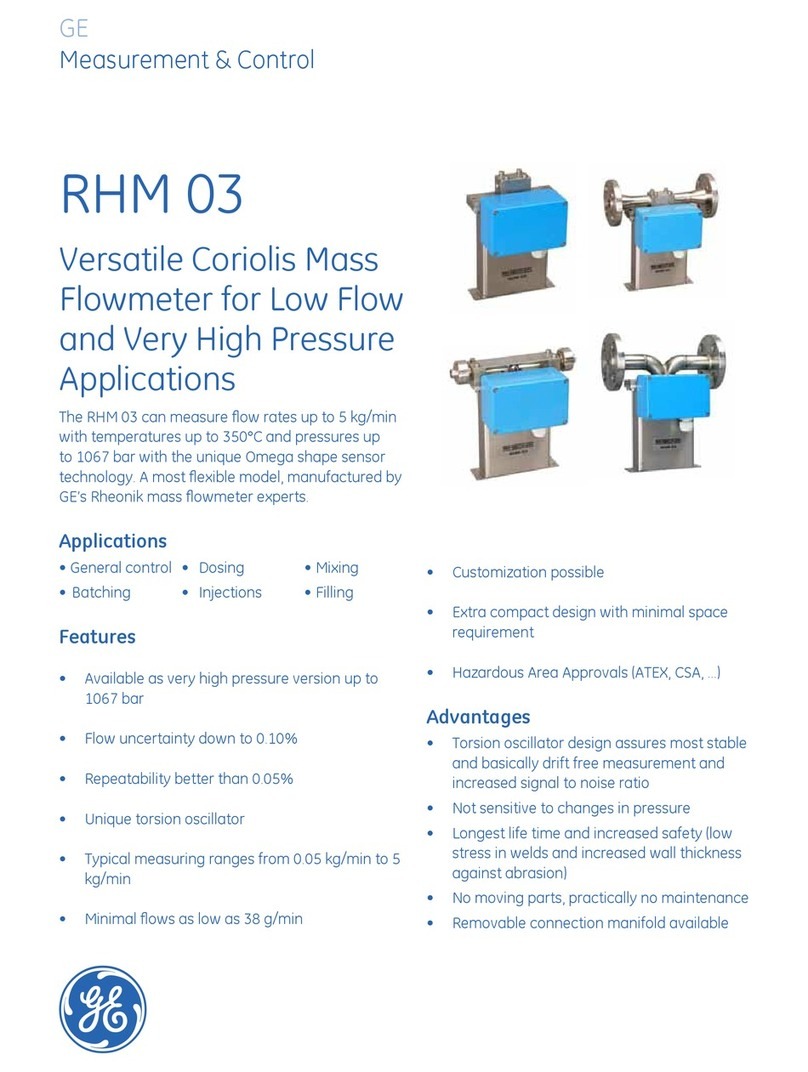
GE
GE RHM 03 User manual
Popular Measuring Instrument manuals by other brands

Powerfix Profi
Powerfix Profi 278296 Operation and safety notes

Test Equipment Depot
Test Equipment Depot GVT-427B user manual

Fieldpiece
Fieldpiece ACH Operator's manual

FLYSURFER
FLYSURFER VIRON3 user manual

GMW
GMW TG uni 1 operating manual

Downeaster
Downeaster Wind & Weather Medallion Series instruction manual

Hanna Instruments
Hanna Instruments HI96725C instruction manual

Nokeval
Nokeval KMR260 quick guide

HOKUYO AUTOMATIC
HOKUYO AUTOMATIC UBG-05LN instruction manual

Fluke
Fluke 96000 Series Operator's manual

Test Products International
Test Products International SP565 user manual

General Sleep
General Sleep Zmachine Insight+ DT-200 Service manual
